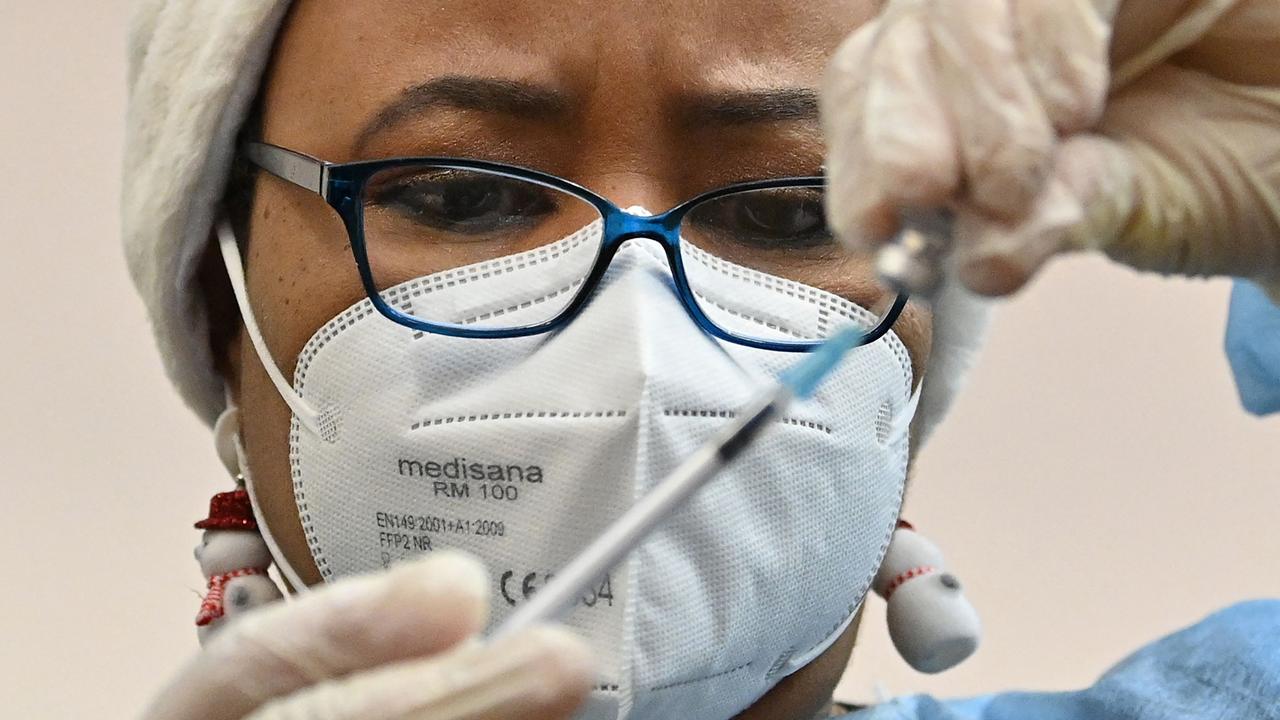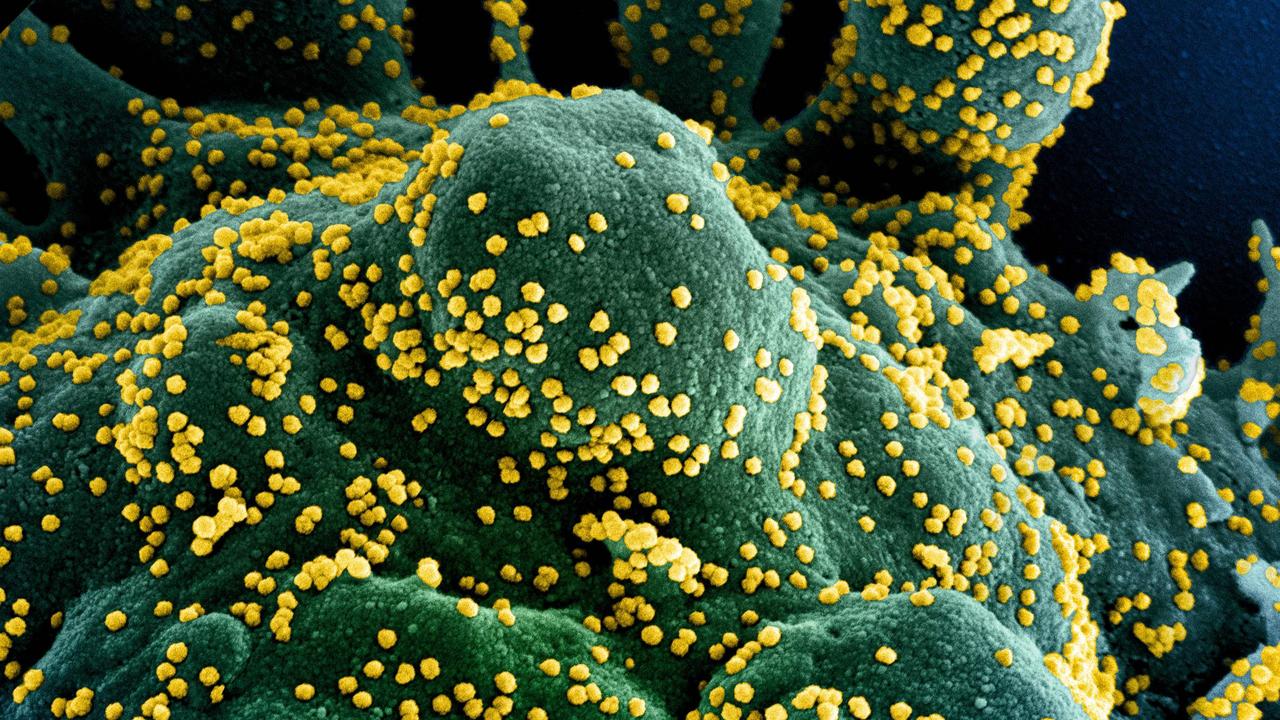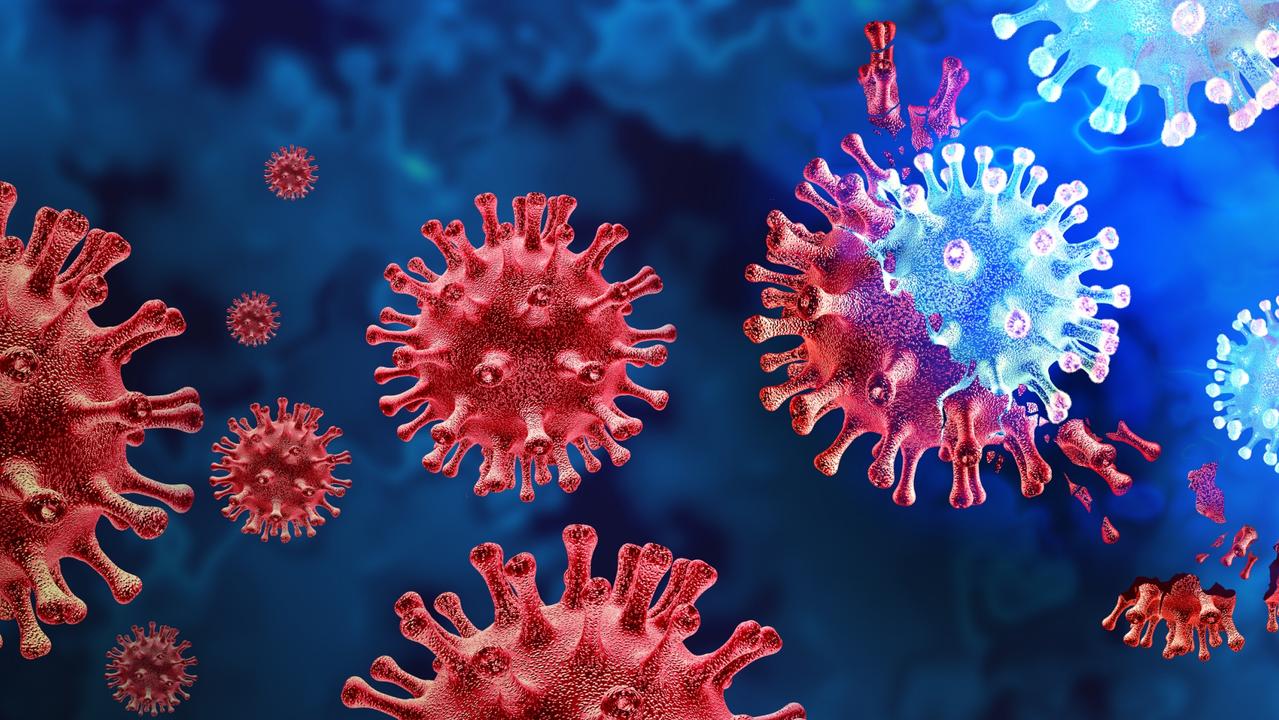‘Wear a mask’: NSW Health responds to a rise in cases in light of new subvariant strains
Two new subvariants of Covid are ripping through multiple states, forcing health officials to call for masks to stem transmission.
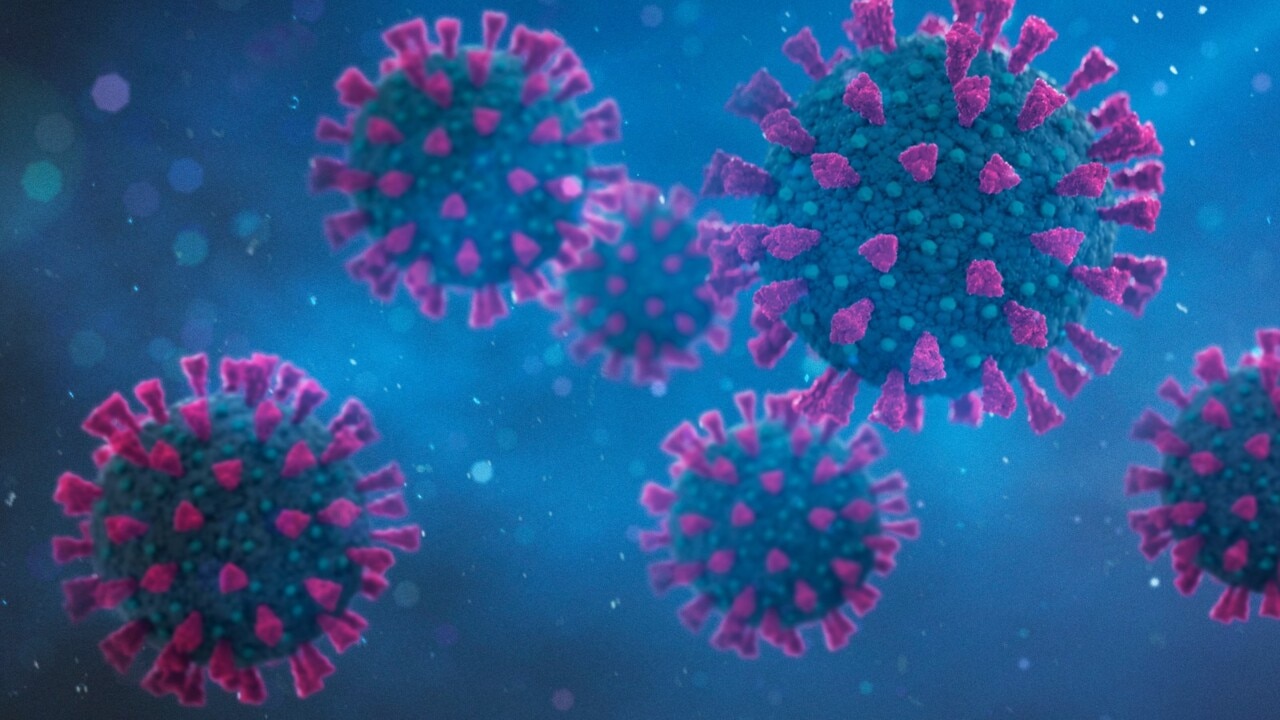
Residents across one state have been urged to wear a mask if they show Covid symptoms as a new wave of infection sweeps parts of the country.
New South Wales has recorded its highest level of the virus in a year, with more than 17 per cent of PCR tests returning positive results.
Descendants of subvariant Omicron, EG.5 and JN. 1 are quickly becoming the most dominant strains of Covid across the state, increasing case numbers.
While NSW Health is yet to release their fortnightly Covid report for the New Year,
Covid activity has been on the rise since late December.
Executive Director of Health Protection Dr Jeremy McNaulty fronted the media on Tuesday to urge those who are presenting with symptoms to wear masks if they need to leave isolation.
“If you need to go out for essential reasons then wear a mask, don’t go visiting other people particularly people at high risk,” Dr McNaulty said.
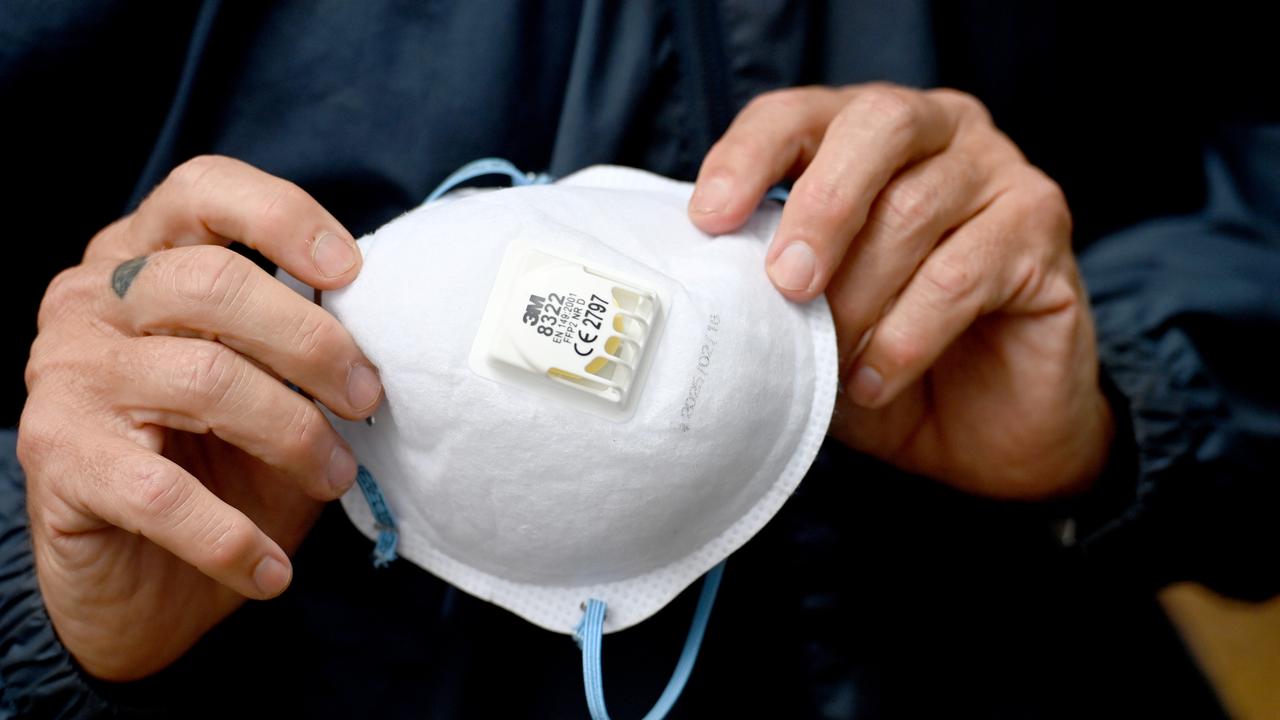

He added people should avoid visiting aged and disability care centres or interacting with anyone at high risk.
The warning comes case numbers and hospitalisations rapidly climb in Victoria too.
A new subvariant of the virus, JN. 1, has taken over as the most prevalent strain of Covid around the world, and at home itis now dominant in Victoria.
Case numbers linked to JN. 1 – which has been classified a “variant of interest” by the World Health Organisation becauseof its “rapidly increasing spread” globally.
The rapid increase comes as the states emerge from another Covid wave linked to another variant, creating what experts arecalling a “wave-on-wave”.
In Victoria alone, the seven-day average for hospitalisations as a result of the virus has climbed to 377 over the past coupleof weeks, up from an average of 326 in early December.
This follows a high number of cases detected in November, though the figures are not quite as high as the peak levels seenduring the wave in May and June of last year, which brought a seven-day average of 488 hospitalisations.
EG.5 now represents about 40 per cent of all cases in NSW, and JN. 1 has risen quickly to 35 per cent according to Dr McNaulty.
The latter was described as highly “infectious”, currently affecting Australians en masse and others in many parts of the world.
“These new variants that have descended from the Omicron parent strain of Covid,” Dr McNaulty said.
He said over the past three years of studying Covid, NSW Health had noticed the new mutations were “getting around” the immune system and vaccinations against other strains.
“This is to be expected of Covid, we know that it’s an unstable virus it mutates on a regular basis and that’s how it continues to infect people around the world,” he said.
Australians have been reminded that symptoms may appear in 2-14 days following exposure to the virus, with a runny nose, sorethroat, coughing, shortness of breath and fever all common symptoms.
While mandatory mask regulations ended in early 2022, at-risk Victorians are urged to wear them in high-risk settings or ifthey feel like they have any symptoms.
The Department of Health is set to keep tracking and monitoring surveillance indicators, such as hospitalisation rates andwastewater testing, until transmission trends downwards.



